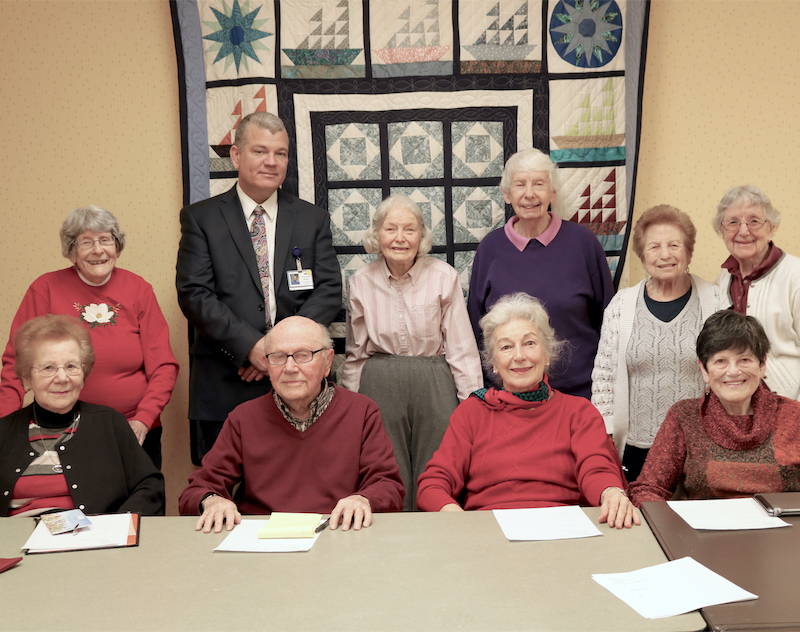
Jefferson’s Ferry, a not-for-profit continuing care retirement / life plan community in South Setauket, NY, expects to save more than $144,000 a year by installing 2,750 LED light bulbs in hallways and resident apartments.
The savings is critical given that, after labor and raw food costs, utility expenses often are the next-largest expense faced by senior living operators, according to the “State of Seniors Housing 2016,” a report produced by several industry trade associations. In CCRCs, according to the report, utility expenses average $1.95 per square foot and range from $1.17 to $4.28 per square foot.
The conversion at Jefferson’s Ferry, which replaced incandescent and fluorescent bulbs, was funded primarily through a $48,000 grant from energy company PSEG in conjunction with its PSEG Long Island rebate program. Jefferson’s Ferry contributed $1,500 for the LED bulbs and $3,000 for the recycling of the old bulbs.
“The savings realized from the new LED bulbs are extraordinary — and almost immediate,” said Jefferson’s Ferry Vice President of Hospitality Services Chris Adamo. “Jefferson’s Ferry’s $1,500 investment was recouped in just 10 days.”
Before the conversion, Jefferson’s Ferry used 1.1 million kilowatts of electricity per year. With the new LED bulbs, usage is expected to be reduced to 300,000 kilowatts per year, resulting in a savings of $144,000. Additional savings are expected to be realized through bulb life — an LED bulb lasts 10 years versus two to three years for a fluorescent tube.
The switch to LED bulbs was initiated by Jefferson’s Ferry’s 12-member Conservation Committee, a group of residents who work to find ways for the community to be environmentally prudent. Adamo represents management on the committee.
The committee counts among its ranks retired engineers, teachers and others who are committed to the judicious use of resources. For this project, members created spreadsheets and analyzed the various costs and savings associated with LED and fluorescent lighting, including a direct purchase of the LED bulbs. After reviewing the PSEG LED rebate program on the utility’s website, Adamo contacted the electric service provider on behalf of the committee. PSEG conducted an in-depth analysis of use, including a walkthrough of the community to identify opportunities, and made the grant money available for the conversion.
“The outstanding work of the Conservation Committee continues to benefit all of our residents,” said Robert E. Caulfield, president and CEO of Jefferson’s Ferry. “It’s a win-win all around. In addition to the significant cost savings, we’re recycling the bulbs, thus keeping mercury out of the environment. We are also enjoying yet another benefit of the new lighting system: The clean white light generated by the LED makes it easier for our low-vision and other people to see.”
The Conservation Committee has implemented other cost-efficient and environmentally friendly programs, such as battery and single-stream recycling. Also, through its work with the Dining Committee, it has introduced recyclable take-out containers in the community.
In addition to the savings associated with the LED conversion, Jefferson’s Ferry also is reducing its electricity bills by operating several co-generation engines that produce power to run the heating and cooling systems at a significantly lower cost than if the energy were obtained through PSEG.
Above: The Jefferson’s Ferry Conservation Committee. Top row, from left: Marilyn McKeown, Vice President of Hospitality Services Chris Adamo, Judith McElwain, Barbara Levant, Nancy Sabbatino and Alice Wielunski. Bottom row: Audrey Ansel, Hank Ryon, Doris Anne McMullen and Arlene Kaufman.



